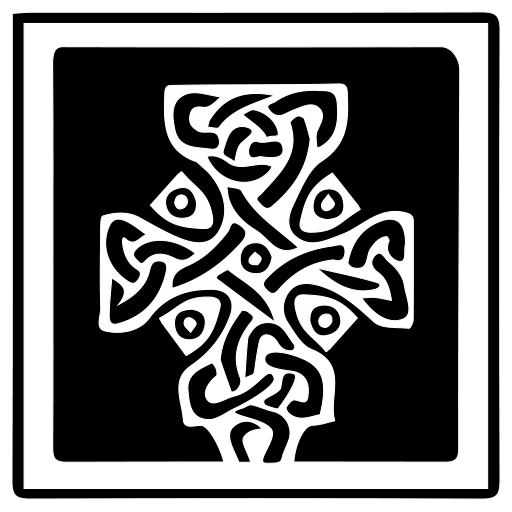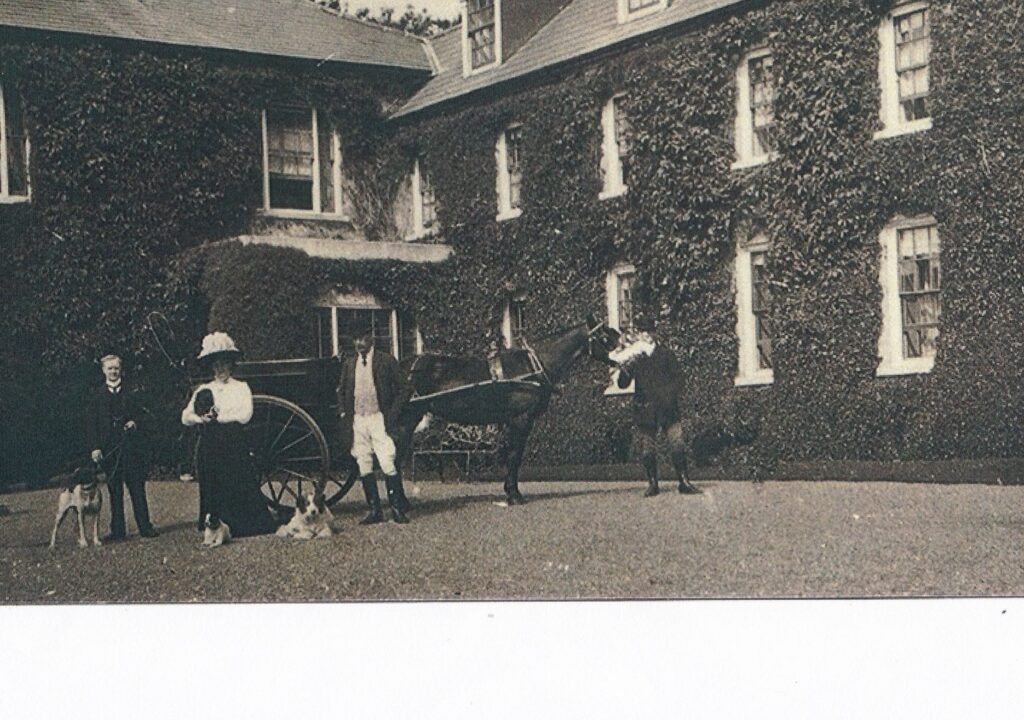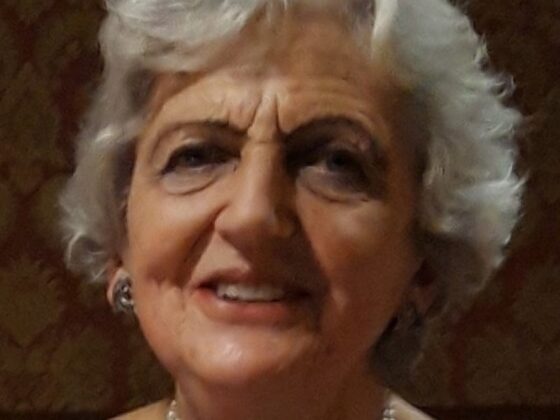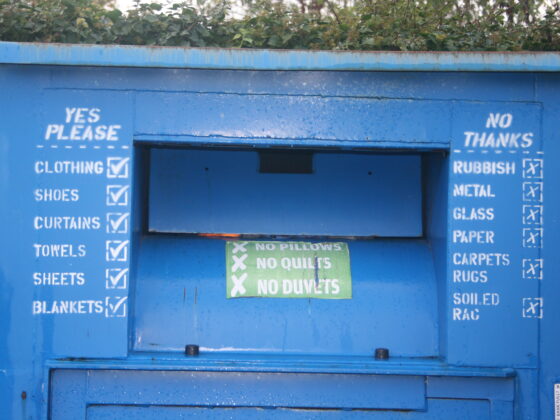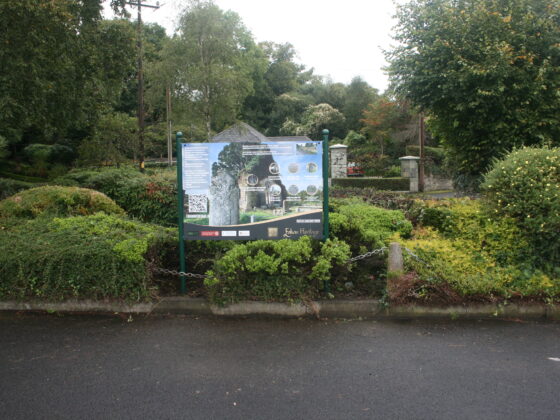This article by J. Jay first appeared in the Belfast Telegraph 15 December 1937
From Bishop’s Palace to Republican Fortress
THE END OF AN HISTORIC CO. DONEGAL MANSION
“Oh! There is not on our island a vale or a lawn
Like that lovely recess in the vale of Fahan;
Sweet vale of repose; may thy inmates be blest,
Both here and hereafter, with comfort and rest;
May the blessings they wish to the world be their own,
And long may they flourish in old Innishowen.”
Thus a century ago wrote the Rev. John Graham sometime curate of Fahan and afterwards rector of Tamlaghard or Magilligan. Today it is sadly disturbed by the noise of contractor’s workmen steadily engaged in the demolition of Glengollan House situate about ten miles north of Londonderry on the shore of Lough Swilly
Few persons are probably aware of the historic association of this once imposing building, now fated to annihilation. It is stated to have been originally erected about three hundred years ago by the celebrated prelate, Dr. John Bramhall who occupied the See of Derry from 1634 to 1660. At all events, he made Glengollan House his favourite residence when in this country and many of the letters of his published correspondence are dated from the charming “recess in the valley of Fahan.”
A native of Worcestestershire, he first came to this country as a chaplain to Wentworth, Earl of Stafford when Charles 1 appointed the latter, Lord Lieutenant of Ireland. Subsequently appointed to the Bishopric of Derry, Dr. Bramhall was consecrated in the Castle Chapel, Dublin by the famous Archbishop Usher and other prelates.
On arrival in Derry, Bishop Bramhall found his diocese in an impoverished condition but applying himself with remarkable zeal, he achieved such outstanding success that he is said to have doubled the revenues within a few years. So much so, indeed that Harris in his ‘Writers of Ireland’ enthusiastically remarks:- “Many poor vicars now eat of the tree which the Bishop of Derry planted. and many of their grounds, refreshed by his care and labour who know not the source of the river that makes them fruitful.”
The bishop’s sojourn at Glengollan House however, was destined to be made during a troublous period. His active measures in promoting the interests of his clergy and eliminating abuses soon aroused influential opposition. Accordingly in the Parliament of 1640, he was impeached of high treason by Sir Brian O’Neill and a party of Irish Roman Catholics, “backed by some violent and deluded Protestants.”
Although otherwise advised, Dr Bramhall, with characteristic courage, proceeded to Dublin to meet the accusation, and for some time suffered the ignominy of imprisonment. No charge against him, however could be substantiated, unless that of endeavouring to retrieve the ancient Patrimony of the Church can be regarded as possessing criminal tendencies. Though the malice of his enemies was eventually overruled by the King, the result was not altogether satisfactory, because while the bishop was liberated without any public acquittal the original charge remained indefinitely to be revived when the opportunity presented itself to his enemies.
Shortly after the rebellion of 1641, Bishop Bramhall found it necessary for his personal safety to leave his beloved Glengollan and his diocese for England. After the battle of Marston Moor he retired to the Continent where he remained until 1648 when he returned to Ireland passing through a succession of hazards of which the most remarkable was his subsequent escape to France. With the restoration of 1660 he returned to Ireland to be rapidly advanced from the See of Derry to the Primacy of Armagh which exalted office he only enjoyed until 1663 when he succumbed to an attack of apoplexy in the seventieth year of his age.
Later, Glengollan House became the residence of some of the Vicars of the parish of Fahan. The next distinguished occupant was Dr. William Knox, also Bishop of Derry’
The third son of Viscount Northland, Dr. Knox was born on June 13, 1761. Primarily appointed in 1794 to the joint Bishoprics Killaloe and Kilfenora, he was translated to the See of Derry in 1803 as successor to the famous Earl of Bristol. Finding the diocese neglected and the Cathedral badly in need of repair, he spent large sums of his private wealth on remodelling the Cathedral and contributed munificently towards various charities. His expenditure on the Cathedral was alone estimated to exceed £3,000. His reconstruction of the diocese is evident in the number of churches and glebe-houses now existent which were mainly originated by his efforts. Among them may be mentioned Christ Church, Londonderry and the present Parish Church of Fahan.
Bishop Knox eventually disposed of Glengollan House to the Norman family, then resident in Fahan House, a neighbouring villa which is still occupied.
As the Normans had intimate connections of a historic nature with the city of Londonderry, it is somewhat interesting to to trace briefly the family descent. Tradition has it that the Norman family came originally from Somerset or Sussex. Samuel Norman, who was Mayor of Londonderry in 1672-3-4, and an eminent figure during the siege, is credited with the establishment of the family in Ireland. His tombstone within the precincts of Derry Cathedral bears the following inscription:-”Near this place lieth the body of Samuel Norman, Esq, late of this city; he married Married Margaret, the daughter of William Latham (sometime recorder of this place) and Elizabeth, the daughter of John Gage, Esq of Magilligan, in this county. He departed this life on the 17th of May, 1692.”
His two sons, Charles and Robert, emulated their honoured father, in so far as each served double terms as Mayor of Londonderry, and on several occasions were elected to represent their native city in Parliament. Charles, the elder, died childless, but of Robert’s family, the fourth son, Connolly, eventually succeeded to the family estates, a portion of which embraced several townlands surrounding Glengollan. Florinda, a daughter of Robert, was the mother of Charles Gardner, the first Viscount Mountjoy.
Thomas, the second son of Connolly, appears to have been the first of the Norman family to occupy Glengollan House, and on his death in 1833 was succeeded by his eldest son, Charles. It is interesting to note that the latter, who was a keen yachtsman and race-horse owner, and who died at sea in 1843, was the first to be interred in the family vault, situated in the grounds of GlenGolan House. His only son, Thomas, born 1831 was High Sheriff for Donegal in 1864, J.P. for the county, and captain of the Donegal Militia.
He married his cousin, Miss Anne Norman, and died in May 1894, leaving an only son Charles, who was killed while on active service in France during the Great War. The latter left an only daughter, from whom the Free State Ministry of Lands acquired the Glengollan estate under the Land Act of 1923.
Glengollan housed Crown Forces in 1920; also Republicans in 1922, but the last real tenant was the late County Court Judge Cooke, the final holder of such office for County Donegal. It was reckoned as one of the largest of its kind in the North-West but decay from lack of occupation had made severe ravages in recent years. Its considerable size, indeed, provided serious objections towards letting, owing to the high cost of modern maintenance. The Free State Ministry therefore, finding no use for Bishop Bramhall’s once palatial edifice, obtained a purchaser desiring building material for the erection of a villa nearby, and partitioned the splendid demesne of several hundred fertile wooded acres among a dozen “landless men.”
So passes Glengollan. Such no doubt has become the fate of many similar manorial halls of “the old gentry.” in the Free State and merely accentuates one of the phases of revolutionary change which is gradually asserting itself in that fateful area.


